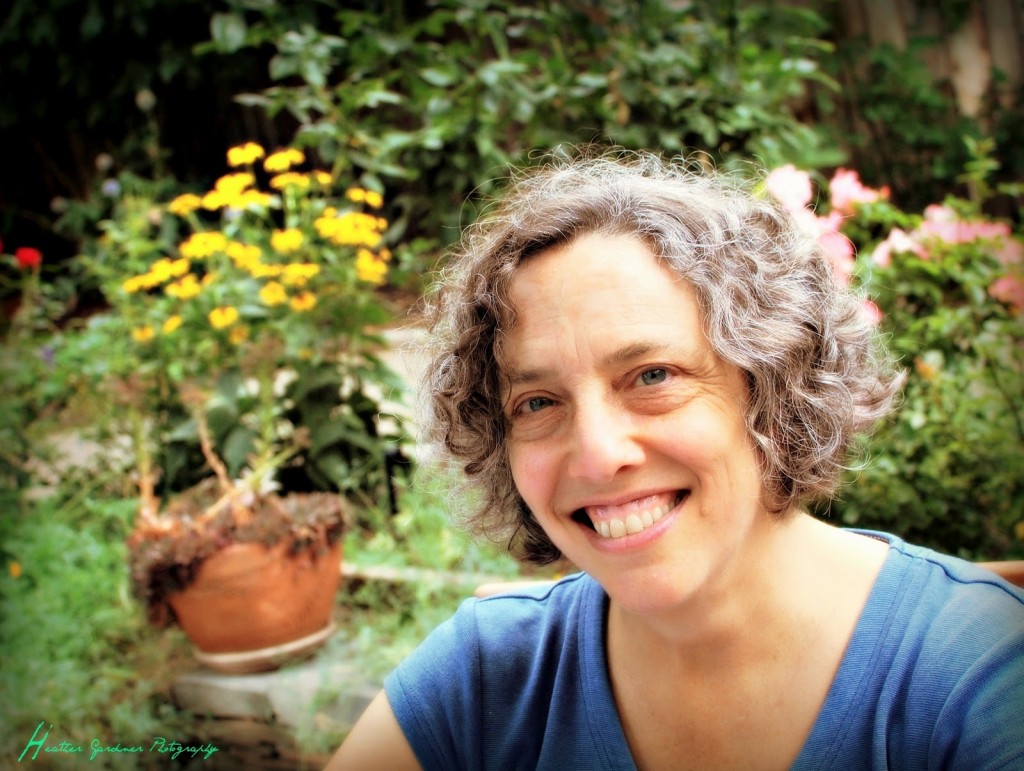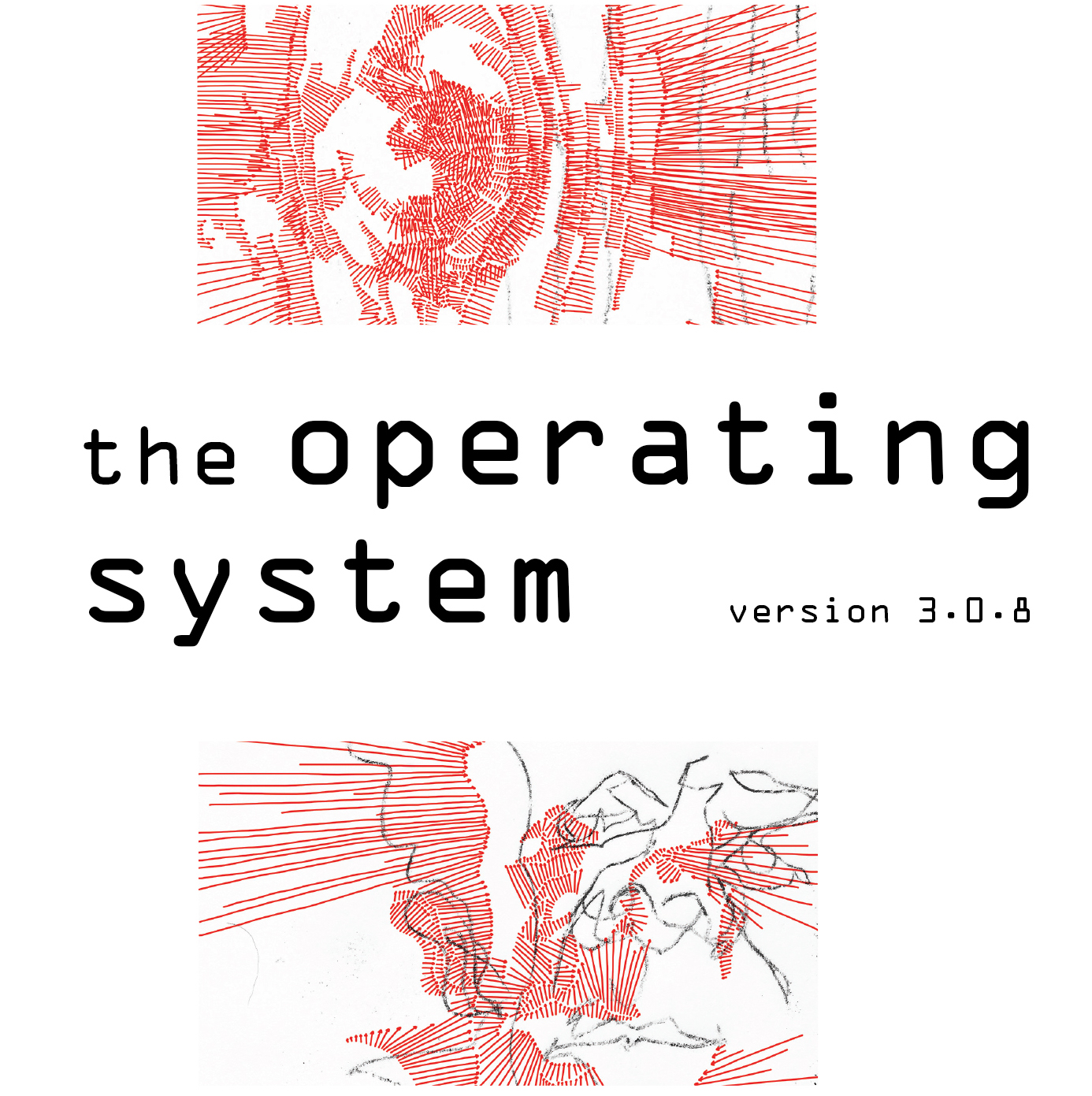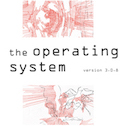3rd ANNUAL NAPOMO 30/30/30 :: DAY 16 :: LAUREL KALLEN on JACQUELINE OSHEROW

In Dead Men’s Praise, Jacqueline Osherow explores the world through her identity as a Jewish-American woman poet of the first post-Holocaust generation.
The tensions that define and trouble this identity are apparent in Osherow’s exploration of how a simple trip through a museum in Italy is perhaps less simple for her than for her non-Jewish counterpart. “Views of La Leggenda della Croce” is a very accomplished poem in terza rima, where, in accordance with the rhyming form, each observation trips over into the associations evoked in the next stanza. It is perhaps not a formal weakness, in the context of this poem’s meaning, that the middle line of the 14th stanza, “I thought I heard the torture of the Jew,” is rhymed with its own repetition in the one following. After all, this poem is about the psychic tortures that attend the Jewish identity as much as it is about the literal torture of Jews. Two quite horrifying moments occur due to the prominence of Osherow’s Jewish identity. The first terrible realization happens when, through the headphones she is wearing, Osherow hears the Torture of Judas rendered in Italian as “La Tortura del Ebreo.”
[box]
(My Italian was, after all, fairly new
And the woman on the tape spoke very quickly
But she did say the torture of the Jew –
In Italian it’s ebreo—quite matter-of-factly)
The torture of the Jew who wouldn’t reveal
The location of the true cross – I got it exactly –
[/box]
The rhyme between “matter-of-factly” and “I got it exactly” couldn’t be richer. It is certainly a matter of fact that the name Judas translates roughly to” the Jew.” It is derived from the Hebrew name Yehuda, meaning “praise.” Yehuda was the name of the southern portion of the Kingdom of David and its inhabitants became known as Yehudim. Eventually, only this portion of the Kingdom survived and all Jews were Yehudim or Judases.
Yet, to translate Judas to “el ebreo” or “the Jew” results inevitably in the assertion that every Jew betrayed Jesus, a notion embedded at the core of millennia of anti-Semitism. Osherow feels implicated.
She is startled again when she views Uccello’s “The Desecration of the Host”:
[box]
I actually asked the guide to tell the story,
And a crowd gathered round to listen in,
No one blinked an eyelash but me. . . .
Perhaps they didn’t notice the children
Burning, in that fifth frame, at the stake. . . .
It is, after all, a nighttime scene;
The Jew is wearing red, the children, black.
Besides, in Europe, burning Jewish children
Aren’t all that difficult to overlook
[/box]
The poet’s anger at the seeming equanimity with which the other tourists view the scene is barely contained within the walls of her irony. She is of a generation that struggles to rekindle the many points of light extinguished in the darkness of the Holocaust and a long heritage of suffering. “For my generation,” Osherow has written, “those born in the aftermath of the war – the horror is a fact of life. Indeed, it defined the world to us. It is as a testament to this predicament that I wish these poems to stand.” [from “Contemporary Jewish-American Women’s Poetry: Marge Piercy and Jacqueline Osherow.” Steven P. Schneider, Judaism, Spring, 2001.]
The poet’s grappling with this same theme in “Psalm 37 at Auschwitz” is at once methodical and passionate. Both the method and the passion derive from the tradition of midrash, or commentary, on the Talmud, the oral law which, together with the written laws of the Torah, were given to Moses at Mount Sinai.
To a certain extent, the entire Talmud is framed by questions and answers, and even when not explicitly formulated, questions constitute the background to every statement and interpretation. One of the most ancient methods of studying the Talmud attempted to reconstruct the question on the basis of the statement that served as a response. It is no coincidence that the Talmud contains so many words denoting questions, ranging from queries aimed at satisfying curiosity to questions that attempt to undermine the validity of the debated issue. The Talmud also differentiates between a fundamental query and a less basic inquiry, a question of principle and a marginal query. Voicing doubts is not only legitimate in the Talmud, it is essential to study. To a certain degree, the rule is that any type of query is permissible and even desirable; the more the merrier.
“No inquiry is regarded as unfair or incorrect as long as it pertains to the issue and can cast light on some aspect of it. This is true not only of the Talmud itself but also of the way in which it is studied and perused. After absorbing the basic material, the student is expected to pose questions to himself and to others and to voice doubts and reservations.”
. . .
“True knowledge can only be attained through spiritual communion, and the student must participate intellectually and emotionally in the Talmudic debate, himself becoming, to a certain degree, a creator.” [From The Essential Talmud, Steinsaltz, Adin. Trans. Chaya Galai. Basic Books: 1976; emphasis supplied.]
Osherow, raised in an Orthodox family, was well-versed in the Talmud and in the tradition of midrash. The evidence of her familiarity with midrash is apparent in almost every verse of “Psalm 37 at Auschwitz.”
The poem is written in loose iambic pentameter quatrains with a rhyme scheme that varies from aabb to abab to abba, and which includes a lot of slant rhymes. I think that the quatrains are well-suited to the feeling of the poem, which is more essay-like and intellectually probing than it is lyrical. In fact, I suspect that the enormously difficult subject matter could not even be broached head-on through a more outwardly emotional type of writing.
The more intellectual tone also helps the poet to be rigorous in avoiding the pitfalls of the cliché – always a danger in broaching a widely known and treated event. There is also a certain respectfulness in this approach, a recognition of the validity of the statement by the German philosopher, Theodor Adorno, that “writing poetry after Auschwitz is barbaric” and, at the same time, a respectful questioning of the implications of Adorno’s statement.
Osherow begins by presenting her own translations of Psalm 37. These translations differ somewhat from the more standard ones. The phrase which is most altered from the usual translation by Osherow is line 3 of the psalm, which in the standard translation reads “Cherish faithfulness,” and thus is quite distinct from Osherow’s “Nourish yourself with faith.” Osherow also alludes to the Birkat HaMazon blessing, which is recited after every meal which includes bread and is quite lengthy. The blessing quotes line 25 of the psalm, “I was young; I’ve also grown old, and I’ve never seen a righteous / man forsaken or his children begging bread,” which assertion the poet examines at length.
In reading the poem, I found it essential to keep in mind how the Talmud incorporates questions, doubt, discussion and free association. Doing so helped me to recognize when and how Osherow engages in a similar process in her “Psalm 37.” I like to think of the poet as having little rabbis in her head directing the various turns that her poetic discourse takes.
In the first stanza, Osherow starts with the image of a religiously educated child who knows not only the text of the law, the mishnah, thoroughly, but also the gemara, the rabbinic commentaries and discussions based on the mishnah. To convey how thoroughly the child has been steeped in the texts, she lets us know that he has been studying since the age of three and that to ensure his association of the holy text with sweetness, he is given a page of Hebrew letters smeared with honey the moment he begins school. By the time he is ten yours old, she explains, he knows the gemara so well, that if you stuck a pin into the text at any place, he would be able to tell you exactly what word was pierced on every single page.
Surely such a boy would also know by heart the words of every psalm, says Osherow. Now, in verse three, in the Talmudic tradition, she posits an unusual situation: Suppose, she suggests, that such a boy, not physically hearty, but spiritually well exercised, managed not to go directly to the gas chamber at Auschwitz, but went instead into the workers’ line. Then what would happen? How long could his faith sustain and console him?
What she is asking, point blank, is the most unsettling question imaginable. To begin to understand it more fully, we can proceed to the fifth stanza. Here, we have our torah scholar, our spiritually lofty boy being forced to shovel the ashes of his fellow Jews, maybe even of his own father. Could the part of the psalm that urges patience give him any comfort in this situation? Just a little longer and there will be no wicked one; you’ll contemplate his place and he’ll be gone.
But what if the ashes were indeed his father’s? Then, instead of saying the psalm, one of Osherow’s inner rabbis points out, he would be obliged to recite the kaddish. Then, in the seventh stanza, we have a digression to another untenable predicament. This boy’s father, posits Osherow, was also very spiritual, so spiritual, in fact, that he would give alms to others even if it resulted in his going hungry and he would greatly inconvenience himself to avoid walking on grass for fear of unintentionally violating the Talmudic injunction against plucking a blade of grass on the Sabbath. But here’s an interesting question that she tosses into the mix: Was the boy to say that there was some unrighteous behavior in his father’s righteousness if the father’s self-deprivation in giving charity also deprived his only son of food? In other words, is it right for the shoemaker’s children to go without shoes?
Oh, but listen now to the voice of another of those rabbis in Ms. Osherow’s head: The psalm uses the word “begging,” the rabbi points out. It does not say “searching for.”
Focusing on the word “begging” sets the poet off on a riff about the uselessness of the concept of begging at Auschwitz, the uselessness of the laws of Kashrut (eating only kosher food). (Stanzas 8, 9, and 10) The laws are useless in a death camp because they are to be followed by the living, not the dying, at least not the brutalized dying. She brings the point home in the tenth stanza with the recognition of the practical side of Jewish law: “You can even eat vermin in the face of death.”
Now, another of her inner rabbis pipes up and asks (I am paraphrasing), “Did David say that he’d never seen the children of the righteous begging bread because such children are sustained by faith alone?” And if that’s true, what of our scholar in Auschwitz? Maybe things were as they were intended to be. The boy would not starve in Auschwitz if he were sustained by his faith alone. So was he comforted by this line in the psalm, she asks again. Was he comforted by his faith? And in the subtext, and in our own minds – for by this point in the poem, we readers are likely to have our own inner rabbis thinking – we hear the ancient rabbis jump to their feet and say, “this Holocaust was not the situation we had in mind; such degradation of the human spirit we could not contemplate.”
Another of Osherow’s rabbis pipes up in the 13th stanza (the 2nd on page 62) and suggests that she ask her Holocaust survivor father-in-law, who, she assures us, would give us exactly the answer we expect: “Psalms? Are you crazy? Don’t you get it? The SS was always screaming in our ears.”
Then, we have another shift of stream-of-consciousness as the poet remembers her own inability as a child to fathom starvation. (Stanzas 17-19, bottom of page 62 to top of page 63 of the handout.) The line from Psalm 37 about substituting spirituality for nourishment didn’t ring true for her as a child and she refused to recite it. But, wait a second – here is another rabbi stepping forward to ask whether David might not have seen the children of the righteous begging for bread simply because he never even looked. Or, maybe he looked, but he had a vision problem, or maybe it was a mental block, which prevented him from seeing. Then, the poet reminds us exactly who this David, composer of psalms, was. It was he who, as a young man, killed the giant, Goliath, with only a slingshot.
Moving ahead quickly, Osherow acknowledges that, of course, we are not talking about a mere giant, a normal giant. We are speaking of Auschwitz, where none of the normal rules of living and dying applied. The rules of little Davids slaying huge Goliaths could not work there.
But though we are speaking of Auschwitz, where none of the normal rules of living and dying applied, she asks yet again, couldn’t someone waiting in line for the various indignities about to be visited upon him, couldn’t one of those people about to have his or her head shaved and teeth pulled . . .? Couldn’t one of them have recited the psalm, heard the psalm in his head, believed in the psalm, in these moments of utmost denigration of the human soul? Was it possible? And, if so, how could it have been?
[line]
[textwrap_image align=”right”]http://www.theoperatingsystem.org/wp-content/uploads/2014/04/P1050384-e1397653759102.jpg[/textwrap_image]Laurel Kallen is a poet and fiction writer who teaches at the City University of New York. She is the recipient of the 2009 Stark Short Fiction Award and the Teacher/Writer Award. Her work has appeared in journals that include Atlanta Review, Big Bridge, Portland Review,Devil’s Lake, Amarillo Bay, Willow Review, Jabberwock, and Lyre, Lyre. She is the author ofThe Forms of Discomfort, a collection of poetry by Finishing Line Press. Kallen has reviewed poetry for American Book Review, Pleiades, and Big City Lit. She writes by feeling uncomfortable at least once a day. http://www.laurelkallen.com/wp/


